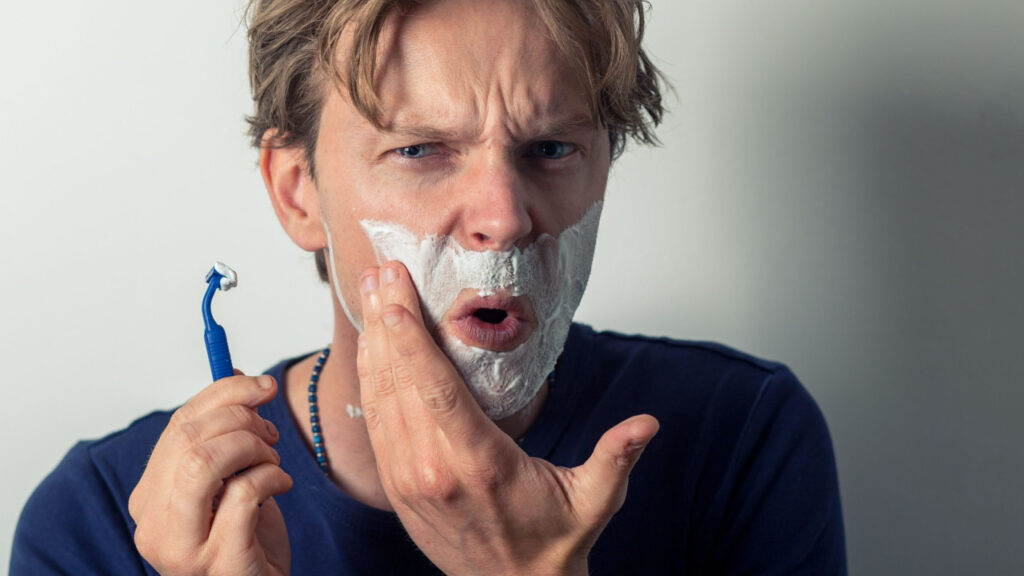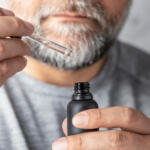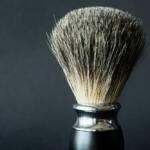
Shaving is a ritualistic practice for many, blending both the art and science of skin and hair care. A frequent challenge faced by many is ensuring that the blade doesn’t get too close to the skin, which can lead to nicks, cuts, and irritation.
This guide will equip you with techniques and insights to avoid these pitfalls, ensuring a smoother shaving experience.
Understanding the Skin’s Topography
Your face isn’t flat; it’s a combination of hills, valleys, and plains. Recognizing these contours is the first step towards a safe shave. The jawline, chin, and area around the Adam’s apple can be tricky. Shaving over such contoured regions requires a gentler touch and a flexible approach, adjusting the angle of the razor as you go.
Choosing the Right Razor
Not all razors are created equal. Multi-blade razors might give a close shave, but they often run the risk of getting too close, especially if the blades are overly sharp. On the contrary, single-blade razors or safety razors offer more control, reducing the chance of the blade getting too intimate with the skin. Whichever type you choose, ensuring the blade is sharp is crucial—dull blades require more pressure, increasing the risk of cuts.
Preparation is Key
The foundation of a great shave often lies in the preparation. Think of your skin as a canvas. Before laying down any strokes, the canvas needs to be primed. Warm water plays an essential role; it not only softens the hair but also makes the skin pliable, thereby reducing the blade’s resistance. A well-hydrated skin ensures minimal friction, which is a primary cause of razor burns and cuts.
Pre-Shave Oils: A Crucial Prelude
Pre-shave oils act as an unsung hero in the shaving routine. Derived from natural ingredients, they serve a dual purpose:
Lubrication and Protection: By forming a thin barrier between the skin and the blade, pre-shave oils reduce friction, allowing for a smoother glide. This minimizes the risk of the blade getting uncomfortably close, especially crucial for those with sensitive skin.
Softening Facial Hair: These oils condition and soften the facial hair, preparing it for an easier cut. This not only facilitates a closer shave but also ensures the blade doesn’t have to work too hard, reducing the likelihood of nicks and cuts.
For optimal results, apply a few drops to damp skin, massaging it gently before lathering up with your preferred shaving cream or gel. The combination of pre-shave oil and a quality shaving product elevates the protection, ensuring a comfortable and efficient shaving experience.
The Role of Shaving Creams and Gels
While they might seem like just another step in the process, shaving creams and gels are pivotal. Beyond the sensory pleasure they provide, their primary role is to offer a buffer, reducing direct contact between the blade and the skin. Investing in a quality product can be the difference between a mediocre shave and an excellent one. It’s crucial to understand the composition of these products – natural ingredients can provide added benefits and reduce the risk of allergic reactions.
The Art of Lathering
Lathering isn’t just a step; it’s an art. Achieving the perfect lather consistency can drastically alter your shaving experience. A shaving brush, often overlooked, can be instrumental in this phase. It not only aids in generating a rich lather but also exfoliates the skin, removing dead skin cells, and ensuring a smoother glide for the razor.
Perfecting the Technique
Shaving is as much about technique as it is about the tools. The razor’s angle, the pressure applied, the stroke’s length – each aspect has its significance. While a 30-degree angle is often cited as ideal, it’s crucial to find an angle that suits your face’s contours and your comfort. Remember, shaving should never be a hurried affair. Patience and precision are the cornerstones of a great shave.
The Direction Matters
While the allure of a super-close shave often tempts many to shave against the grain, it’s a practice that requires caution. Shaving against the grain, especially without proper preparation, can lead to razor bumps and ingrown hairs. For those new to shaving or those with sensitive skin, it’s advisable to start with the grain, gradually adjusting the technique as they gain more confidence and understanding of their skin’s needs.
Aftercare – A Step Not to be Overlooked
Post-shave care is the final, yet one of the most critical steps in the shaving routine. It’s not merely about aesthetics but also about skin health. Cold water acts as a natural astringent, closing the pores and reducing the chances of post-shave acne. Investing in a good quality post-shave balm or lotion can further soothe the skin, ensuring it remains hydrated and supple.
In Conclusion
Shaving, when done right, can be a meditative and satisfying experience. The key lies in preparation, technique, and aftercare. With the right tools and approach, you can ensure the blade remains a friend, not a foe, to your skin.
If you ever find yourself with persistent issues or are unsure about a product or technique, don’t hesitate to consult a dermatologist or a seasoned barber. Their expertise can offer tailored advice to elevate your shaving regimen.
Last update on 2024-04-23 / Affiliate links / Images from Amazon Product Advertising API
Affiliate Disclosure: This post contains affiliate links, which means I may receive a small commission, at no extra cost to you, if you make a purchase using these links.

Jay Kang
Just because i'm asian does not mean I don't need shaving. I always wanted to grow a beard when I was young, now I need to shave because hair growth for me is a problem. I'm going through what every man will and has gone through before.





